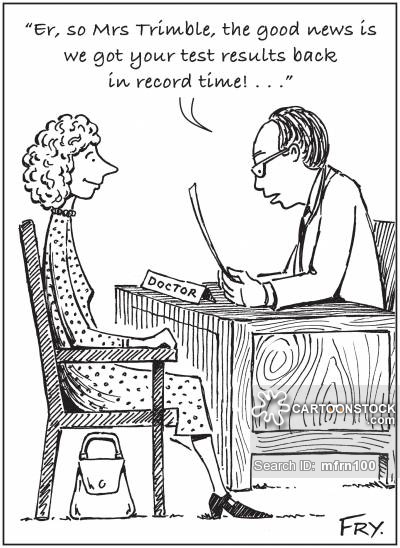Media Landscape Opens Opportunity for Earlier, Better End of Life Care ASCO’s Inaugural Palliative Care Symposium
Main Article Content
Abstract
The prevalence of end of life decisions in current media and literature provides an opening for physicians to prompt conversations about the subject with patients, said Anthony Back, a Seattle Cancer Care Alliance medical oncologist, in remarks to the Palliative Care Oncology Symposium in Boston. Before beginning such difficult dialogue, however, he offered frameworks to facilitate end of life conversations both early and later on in a patient’s disease trajectory.
The Symposium was the first such hosted by the American Society of Clinical Oncology to promote discussion and integration of palliative care—a medical specialty designed to address physical, emotional and psychological symptoms of disease. The meeting drew an international audience of medical, radiation and surgical oncologists along with nurses, social workers and physician assistants.
“This is a window of opportunity to get in the public dialogue in a really public way,” Back said during a session addressing the skills required for optimum end of life care. Back pointed to The New York Times’ widely-circulated coverage of Joseph Andrey and his daughter’s struggle to honor his wish to die at home. Back also outlined social efforts underway nationwide as a result of a project that began in his home of Seattle, Death over Dinner, along the success of physician Atul Gawande’s new book, Being Mortal.
“This reflects the work done over the last 20 years that set the stage for this discussion,” Back said. “Being Mortal wouldn’t be on The New York Times’ best-seller list if not for the work you are doing.”
He emphasized, however, that work remains to help physicians charged with navigating patients through the complex medical decisions they may face as they approach the end of their lives. “The task for physicians is the question of ‘how do we get to telling patients that we will give them an extra layer of support to talking about the really tough stuff?’” Back said.
Communication, he warned, is a learned expertise that must include frank, explicit discussion about what may happen when curative treatment options are no longer available. “We have to role model the developmental pathway to wanting to do this, to learning to do this, to becoming a ninja,” Back said to laughter and applause.
Physicians miss opportunities to educate patients about what may be ahead in one of three ways, he said: 1) in thinking “bad stuff won’t be quite so bad” if you don’t talk about it, 2) by delaying discussion about “bad stuff until you absolutely have to,” or 3) in thinking that “cutting to the chase” will save time and decrease patient distress.
Those approaches are faulty, Back warned, and asked the audience to consider how they may move such conversations “upstream” in ways that will not “completely freak everyone out.”
For end of life dialogues occurring early on in a patient’s illness—the optimal time for such conversation—Back offered the framework P.A.U.S.E:
P.A.U.S.E. for early end of life dialogue
- Pause: As “time” is often cited by physicians as a barrier to facilitating what can be a lengthy and complex discussion, they should stop to consider that this conversation may be more important than one about further treatment options.
- Ask permission: Physicians should ask for permission to have this conversation and explain its importance. “Could we take a moment?” or “This will help me guide you,” are two conversation-starters that prove empowering to the patient.
- Suggest a surrogate: Patients who do wish to engage in advance care planning are often thwarted by confusion about proxy selection. Physicians should ask simply, “Who is the person who knows you the best?”
- Expect emotion: The many emotions that accompany such conversations often add to the time required to facilitate dialogue, further necessitating the need for physicians to “pause.” Doctors must empathize and realize the topic is a tough one for everyone in the room.
For end of life discussions taking place later in a patient’s disease course, Back offered the framework R.E.M.A.P:
R.E.M.A.P. for late end of life dialogue
- Reframe: Physicians are obligated to communicate that the “status quo” is no longer working. However, they often face tough follow ups: “There’s another chemotherapy after this one, right?” “I only want to talk about positive things,” or “I want to be aggressive.”
- Expect emotion: In response to these follow ups, there is even greater urgency to empathize with patients from the start.
- Map: The conversation should turn to what a patient finds most important and to his or her goals. Physicians should explore patients’ interests, ask to see photographs and inquire about special family occasions or milestones.
- Align: Physicians should ask about a patient’s values and the beliefs guiding any particular goal.
- Plan: The final step for physicians taking part in late end of life dialogues is to match any particular treatment to a patient’s stated values.
Back acknowledged that the execution of a “P.A.U.S.E.” or “R.E.M.A.P.” conversation is often met with resistance. “Patients often say ‘it doesn’t feel like time to give up,”” Back said. “Assure them that ‘I’m not giving up on you.’”

